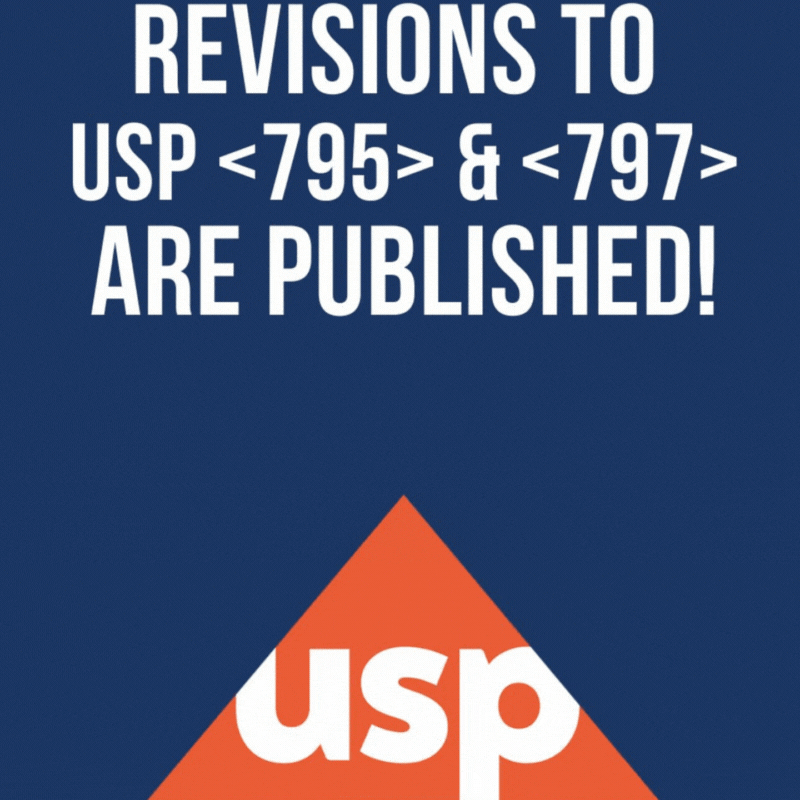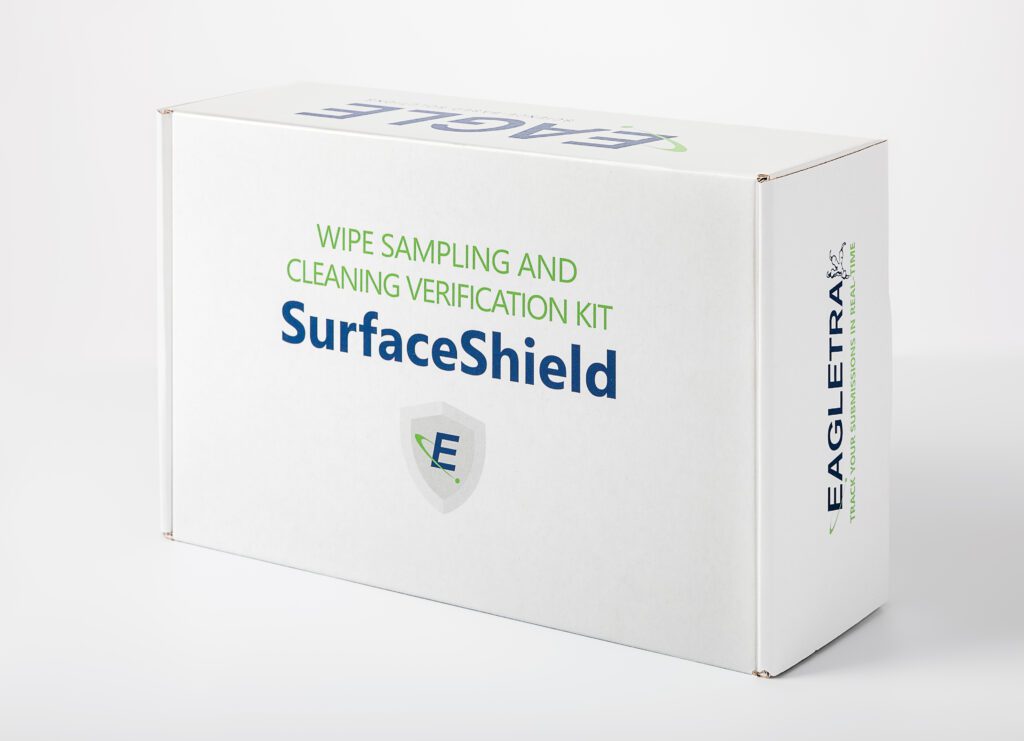On July 27, 2018, the Compounding Expert Committee of the United States Pharmacopeia (USP) published proposed revisions to USP Chapter <797> Pharmaceutical Compounding – Sterile Preparations. The proposed chapter was open to public comments until November 30, 2018, and is expected to become official on December 1, 2019. The proposed revision differs from the current chapter in both its structure and its content. Some of the changes are significant and will require major adjustments in pharmacy systems and processes, while other changes will be easier to accommodate. Here is a summary of some of the changes.
Thank you for reading this post, don't forget to subscribe!Classifying CSPs
The current chapter classifies compounded sterile preparations (CSPs) as low-, medium-, or high-risk level CSPs based on the sterility of the starting components and the number and types of compounding manipulations. The proposed chapter, however, eliminates this system of classifications and instead classifies sterile preparations as either a category 1 or category 2 CSP based on the conditions under which the product was prepared. Category 1 CSPs are preparations that are compounded in a segregated compounding area (SCA), which consists of an ISO 5 primary engineering control (PEC)—such as a laminar-airflow workbench—that is located outside of an ISO 7 clean room. All CSPs that are prepared in an ISO 5 PEC located in a classified clean room environment are considered category 2 CSPs.
| Category 1 CSPs | Category 2 CSPs |
| Are compounded in a segregated compounding area (SCA) which consists of an ISO 5 primary engineering control (PEC) | Are compounded in an ISO 5 primary engineering control (PEC) |
| The PEC is located outside of an ISO 7 cleanroom | The PEC is located in a classified cleanroom environment |
Beyond-Use-Dating Requirements
The proposed chapter also changes the system for assigning beyond-use dates to CSPs. Instead of assigning a maximum allowable BUD based on the risk level of the preparation, the proposed chapter follows a new system for assigning BUDs based on several different factors related to achieving and maintaining sterility.
Category 1 CSPs
Category 1 CSPs are only allowed a BUD of 12 hours at controlled room temperature or 24 hours if refrigerated.
Category 2 CSPs
The proposed guidelines allow a longer BUD for category 2 CSPs, especially those that are terminally sterilized, prepared using only sterile components, tested for sterility, or stored in refrigerated or frozen storage conditions. Table 12 from the proposed chapter summarizes these requirements.
Table 12: BUDs for Category 2 CSPs1 |
||||
| Preparation Characteristics | Storage Conditions | |||
| Sterilization Method | Sterility Testing Performed & Passed | Controlled Room Temp (20–25° C) | Refrigerator (2–8° C) | Freezer (-25 to -10° C) |
| Aseptically prepared CSPs | No | Prepared from one or more nonsterile starting components: 1 day | Prepared from one or more nonsterile starting components: 4 days | Prepared from one or more nonsterile starting components: 45 days |
| Prepared from only sterile starting components: 4 days | Prepared from only sterile starting components: 9 days | Prepared from only sterile starting components: 45 days | ||
| Yes | 30 days | 45 days | 60 days | |
| Terminally sterilized CSPs | No | 14 days | 28 days | 45 days |
| Yes | 45 days | 60 days | 90 days | |
Terminal Sterilization
As indicated in the table above, CSPs that are sterilized in their final container-closure systems (terminal sterilization) are permitted longer BUDs than CSPs that are sterilized via filtration. The proposed chapter explicitly states that “terminal sterilization (e.g. dry heat, steam, or irradiation) is the preferred method unless the specific CSP or container-closure system cannot tolerate terminal sterilization.”1 This differs from the current chapter, which only requires that “the selected sterilization method both sterilizes and maintains the strength, purity, quality, and packaging integrity of CSPs.”2
Investigations and Corrective Actions
The proposed chapter places a greater emphasis on the requirement for conducting investigations and implementing corrective actions. The current chapter only explicitly calls for an investigation to be conducted in the event of a sterility test failure or the recovery of colony-forming units (CFUs) during environmental monitoring if the facility’s action level is exceeded. The proposed chapter, however, identifies a number of specific scenarios that require that a designated person conduct investigations, implement corrective actions, and document such activities, including:
- Media fill failure
- Personnel qualification failure
- Facility certification failure
- Out-of-specification results on laboratory tests
- Quality-control check failures
- Complaints that indicate a quality issue with CSPs
- Adverse events
Calibration, Certification, and Qualifications
The proposed chapter also places a larger emphasis on routine calibrations, certifications and qualifications of equipment and classified areas. For example, the proposed chapter explicitly requires the certification or calibration of temperature and pressure monitoring devices, dry heat ovens, and incubators on an ongoing basis. Additionally, the proposed chapter requires that calibrated chart recorders are used to monitor each cycle for sterilization and depyrogenation in autoclaves and dry heat ovens. The proposed chapter also provides additional clarifications on requirements for the certification of classified clean room areas, such as:
- Airflow testing to determine air velocity and volume, air exchange rate, and room pressure cascade. The facility certification report must document the air changes per hour (ACPH) supplied by the HVAC, the ACPH supplied by the PEC(s), and the total ACPH.
- HEPA-filter integrity-leak testing
- Total particle count
- Smoke visualization studies to demonstrate unidirectional airflow
Lastly, the proposed chapter emphasizes that all testing performed as part of the facility certification must be conducted under dynamic operating conditions (i.e., normal operating conditions with personnel present in the cleanroom).
Conclusion
This is not an exhaustive list of changes in the proposed revision of USP <797>. We at Eagle strongly recommend that compounding pharmacies review the revised chapter in order to determine how the potential changes could affect their practices. As stakeholder feedback is important to the revision process, we are also encouraging pharmacies to submit comments on the proposed revision before the deadline of November 30, 2018. If you have questions about any of these changes, please contact us at 800.745.8916.
References
- United States Pharmacopeial Convention. (2018). <797> pharmaceutical compounding –Sterile preparations [In-process revision: General chapters]. Pharmacopeial Forum, 44(5). Retrieved from http://www.usppf.com/pf/pub/
- United States Pharmacopeial Convention. (2018). <797> pharmaceutical compounding –Sterile preparations. In United States pharmacopeia and national formulary (USP 41st ed. & NF 36th ed.). Rockville, MD: United States Pharmacopeial Convention, Inc.
- Eagle New Year Party & Eagle Employee Of The Year Award Ceremony, 01/13 - March 11, 2024
- HRT Functional Medicine Symposium, 02/15 – 02/17 - March 11, 2024
- APhA, 03/22 – 03/25 - March 11, 2024





